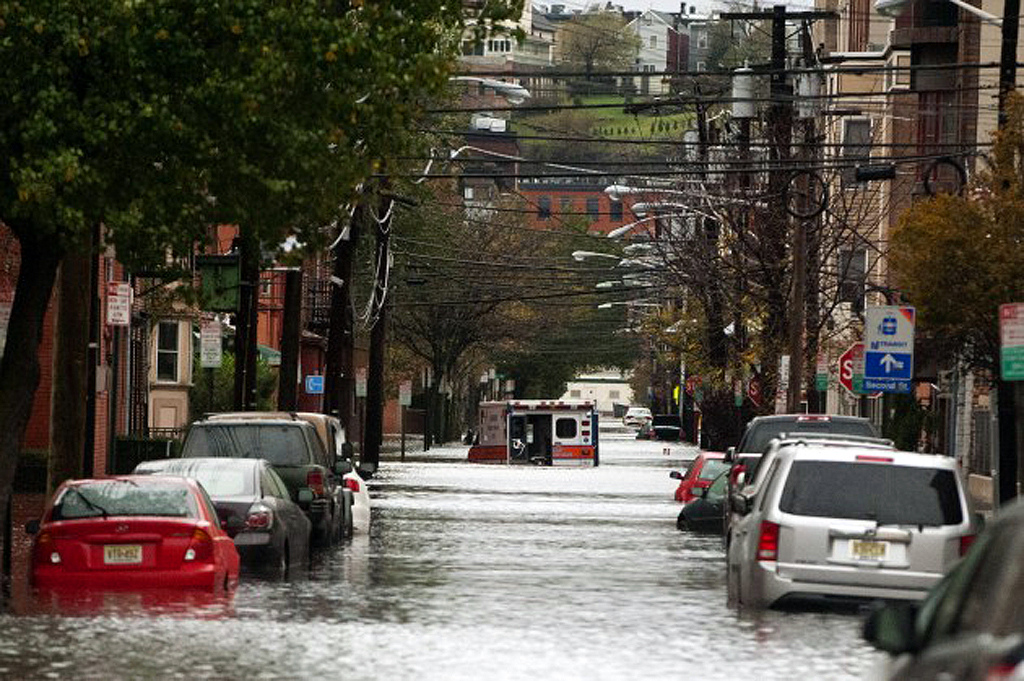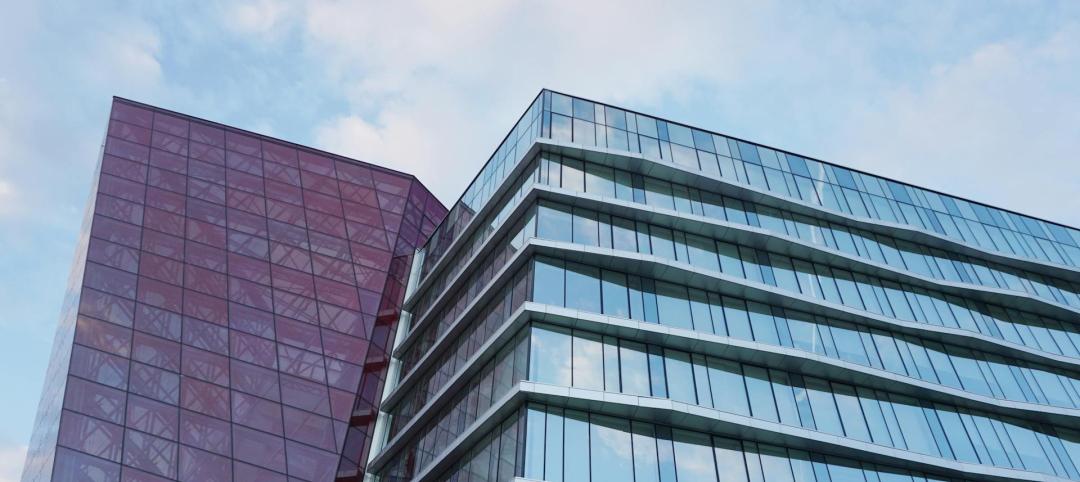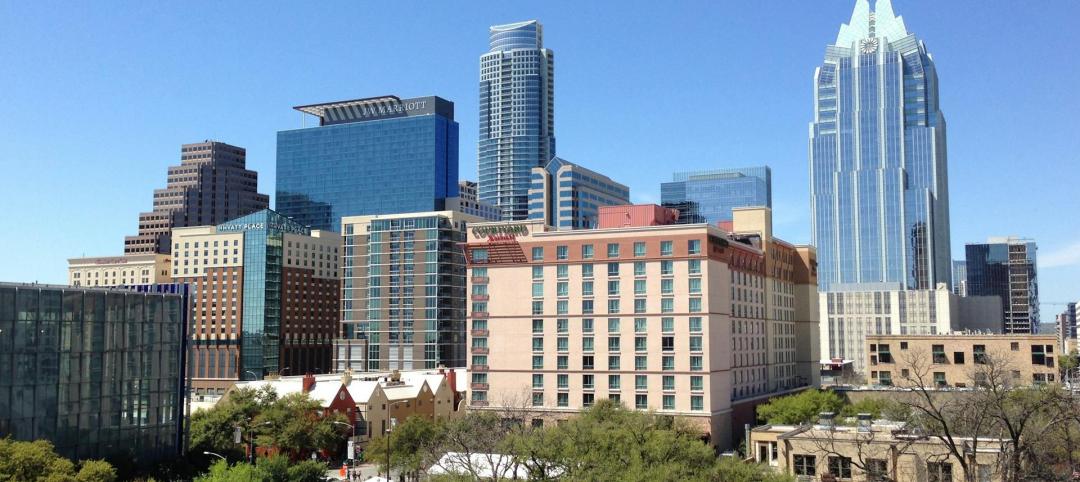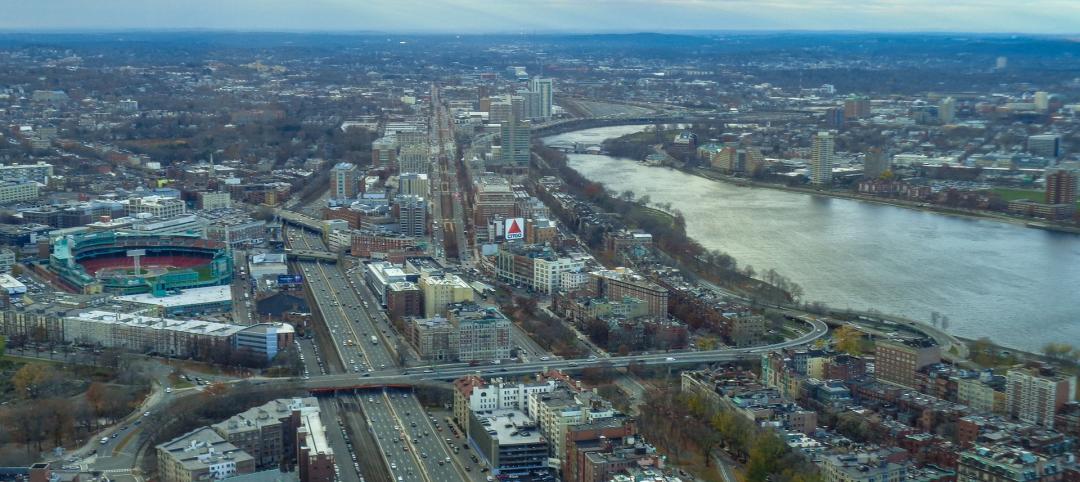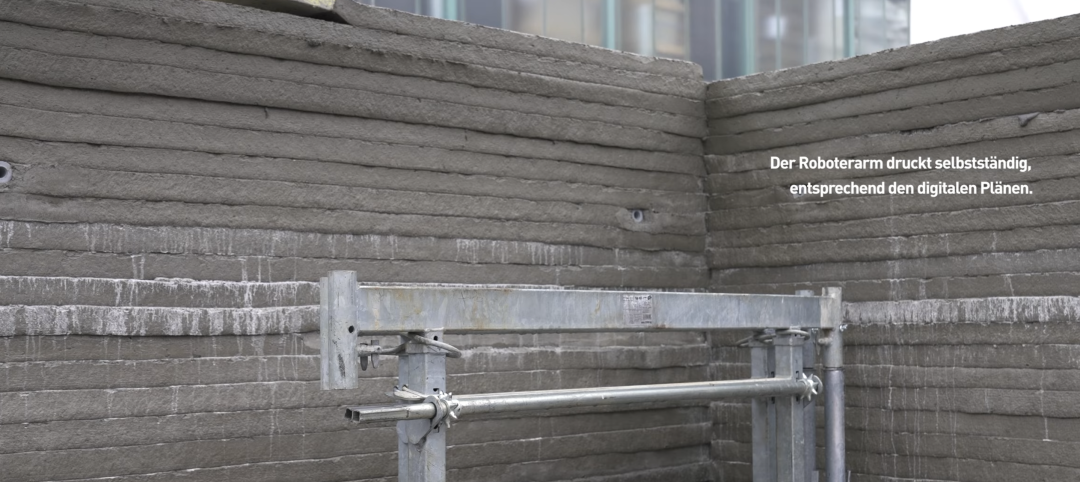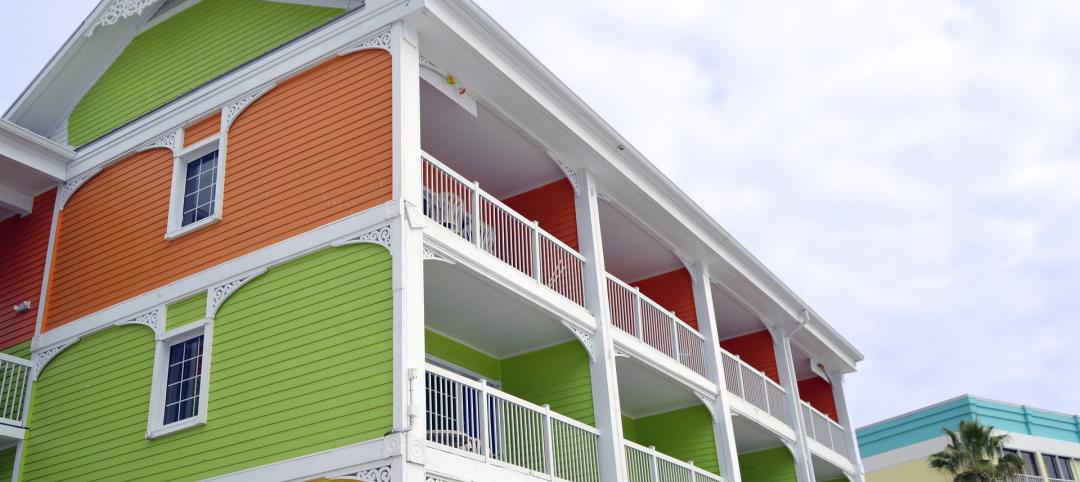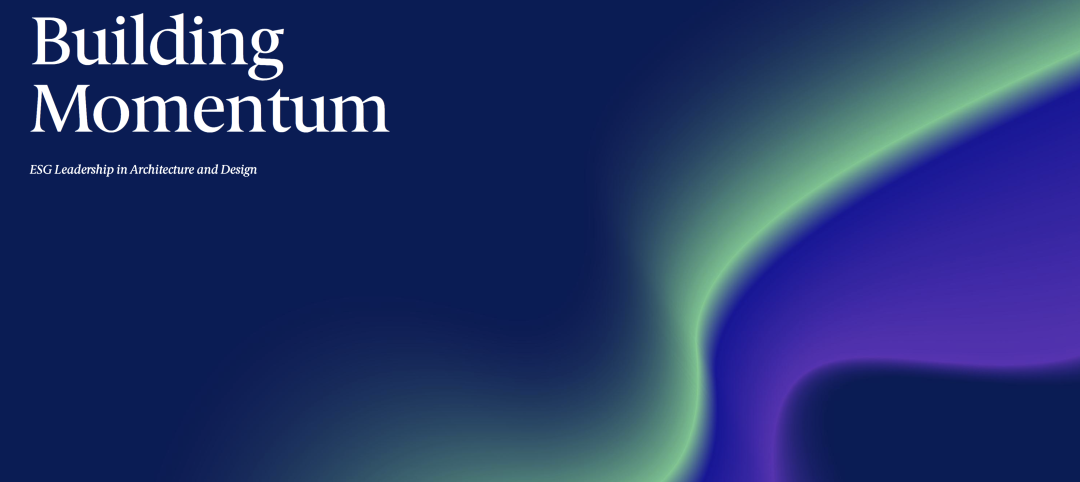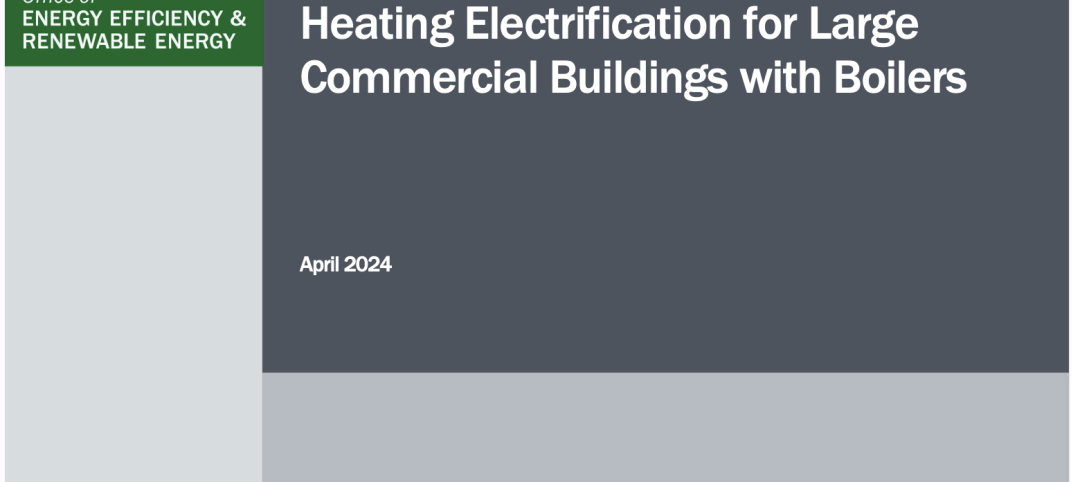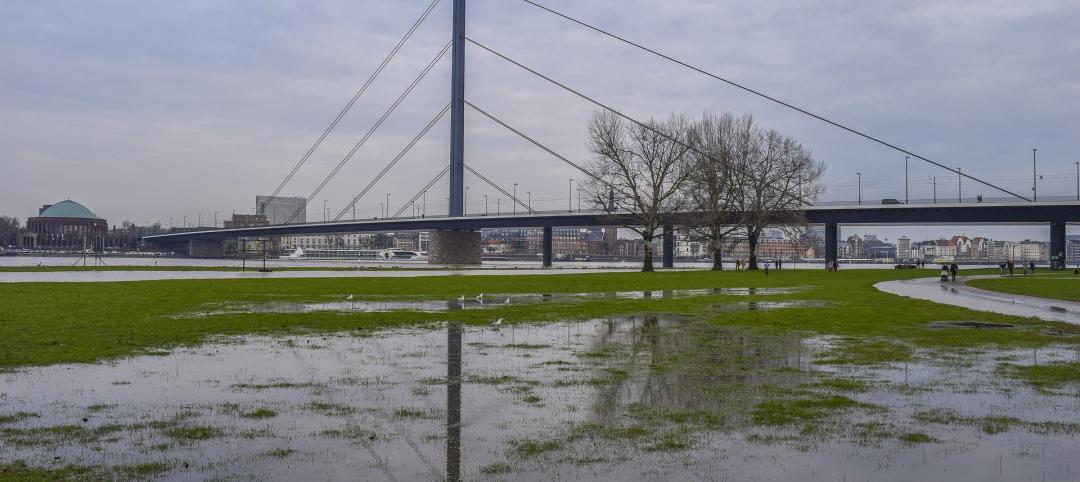The nonprofit Federal Alliance for Safe Homes (FLASH) released a paper, Disaster Resilience Rising Means the Time is Right, offering recommendations to strengthen the U.S. building code system.
FLASH says communities are missing out on pre-disaster opportunities to strengthen disaster resilience—updating, adopting, and enforcing strong building codes. “An uncompromising system of strong, continuously updated building codes with consistent enforcement is essential to our country’s pursuit of disaster resilience,” said FLASH President and CEO Leslie Chapman-Henderson. “However, some states are not keeping pace, or worse, they are losing ground. We must use codes to innovate the way we build, and win against the mounting human and financial cost of disasters.”
FLASH proposes the following six innovations to the current U.S. building code system:
- Establish a standing code and standard development process to accelerate post-catastrophe, forensic engineering insights into model codes and standards.
- Optimize property protection opportunities in model code and standard development by balancing all of the existing values, including public health, safety, and welfare.
- Evaluate, integrate, and leverage public and private sector beyond-code standards and programs into the International Code Council system to ensure continuity, increase awareness, and support disaster resilience innovation.
- Enhance code development by broadening the representation of interest groups on the International Residential Code technical committees.
- Support code adoption and enforcement mechanisms through an enhanced, well-resourced system of information provision to state and local officials as well as the public regarding benefits and mechanics of building codes and disaster-resilient construction.
- Increase engagement by all stakeholders in the building code system through robust participation in each phase, including model code development, state and local adoption, and enforcement.
Related Stories
HVAC | May 28, 2024
Department of Energy unveils resources for deploying heat pumps in commercial buildings
To accelerate adoption of heat pump technology in commercial buildings, the U.S. Department of Energy is offering resources and guidance for stakeholders. DOE aims to help commercial building owners and operators reduce greenhouse gas emissions and operating costs by increasing the adoption of existing and emerging heat pump technologies.
MFPRO+ News | May 24, 2024
Austin, Texas, outlaws windowless bedrooms
Austin, Texas will no longer allow developers to build windowless bedrooms. For at least two decades, the city had permitted developers to build thousands of windowless bedrooms.
Resiliency | May 24, 2024
As temperatures underground rise, so do risks to commercial buildings
Heat created by underground structures is increasing the risk of damage to buildings, recent studies have found. Basements, train tunnels, sewers, and other underground systems are making the ground around them warmer, which causes soil, sand, clay and silt to shift, settle, contract, and expand.
MFPRO+ News | May 21, 2024
Massachusetts governor launches advocacy group to push for more housing
Massachusetts’ Gov. Maura Healey and Lt. Gov. Kim Driscoll have taken the unusual step of setting up a nonprofit to advocate for pro-housing efforts at the local level. One Commonwealth Inc., will work to provide political and financial support for local housing initiatives, a key pillar of the governor’s agenda.
Building Tech | May 21, 2024
In a world first, load-bearing concrete walls built with a 3D printer
A Germany-based construction engineering company says it has constructed the world’s first load-bearing concrete walls built with a 3D printer. Züblin built a new warehouse from a single 3D print for Strabag Baumaschinentechnik International in Stuttgart, Germany using a Putzmeister 3D printer.
MFPRO+ News | May 20, 2024
Florida condo market roiled by structural safety standards law
A Florida law enacted after the Surfside condo tower collapse is causing turmoil in the condominium market. The law, which requires buildings to meet certain structural safety standards, is forcing condo associations to assess hefty fees to make repairs on older properties. In some cases, the cost per unit runs into six figures.
Codes and Standards | May 10, 2024
California law that ended single-family zoning is struck down by court
A law ending single-family-home-only zoning in California was ruled unconstitutional by a Los Angeles County Superior Court judge. The decision could lead to the law being invalidated in the state’s largest cities.
Sustainability | May 10, 2024
Perkins&Will’s first ESG report discloses operational performance data across key metrics
Perkins&Will recently released its first ESG report that discloses the firm’s operational performance data across key metrics and assesses its strengths and opportunities.
Codes and Standards | May 10, 2024
Guide on electrifying space heating for large commercial buildings with boilers released
The U.S. Department of Energy has released a guide on electrifying space heating for large commercial buildings with boilers. The guide summarizes key considerations for people seeking to retrofit existing large commercial and multifamily buildings, particularly those that currently heat spaces using fossil fuel-fired boilers.
MFPRO+ News | May 10, 2024
HUD strengthens flood protection rules for new and rebuilt residential buildings
The U.S. Department of Housing and Urban Development (HUD) issued more stringent flood protection requirements for new and rebuilt homes that are developed with, or financed with, federal funds. The rule strengthens standards by increasing elevations and flood-proofing requirements of new properties in areas at risk of flooding.


